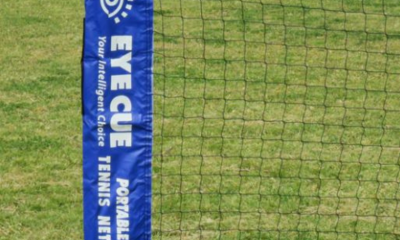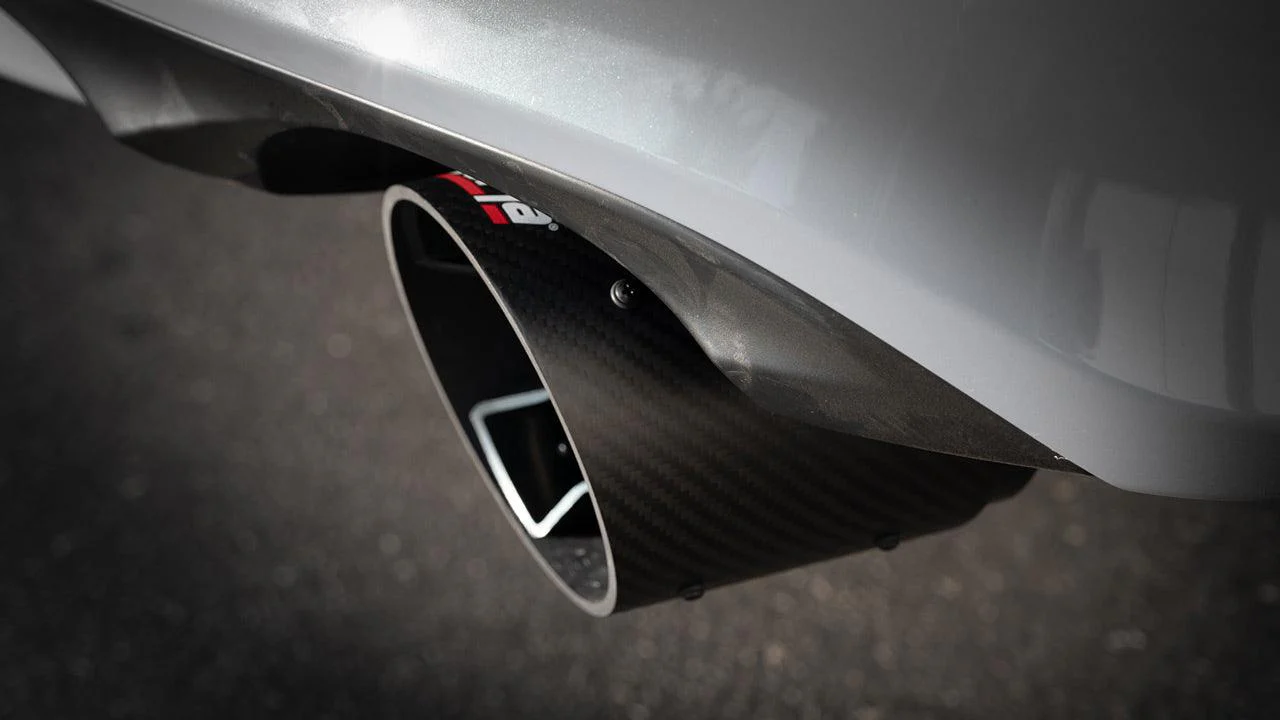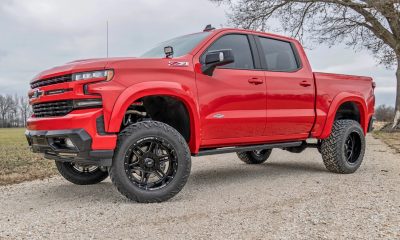Sports & Travel
Buying Replacement Inner Tubes: Benefits of Having Spare Bike Tubes
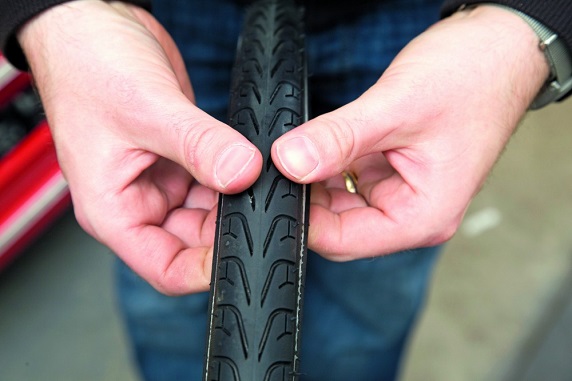
Most cyclists take their bicycle’s inner tubes for granted until they become flat and next thing they know, they are left stranded on the side of the road, pushing their bike to get home. Bike tubes are a great invention that allows you to fix a compromised tire relatively quickly, without requiring any special equipment and skills. Replacing a punctured tube is much more affordable than replacing the entire tire of your bicycle.
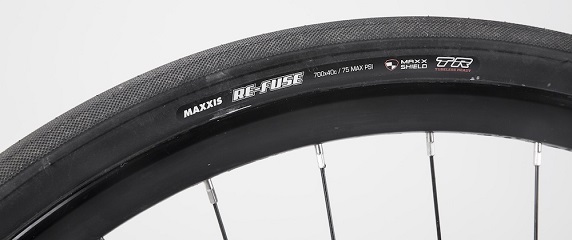
However, replacing a worn down or punctured bike tube requires a fair amount of consideration, in order to ensure you get the right replacement. You can shop for tube cycles online, where you can find a wide range of different types of tubes made for different types of bikes. If you are planning to embark on a long ride, you should carry at least one or two spare tube cycles with you in case you get a flat tire. But in order to ensure the replacement bike tubes are compatible with your bike, there are a few important things to take into account.
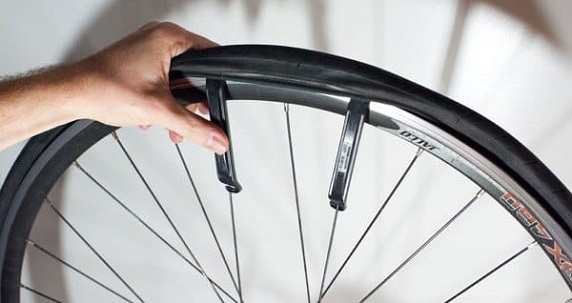
Let’s start with the basics. Bike wheels come in a wide range of diameters, from small 10-inch wheels on kids’ bikes to 29-inch wheels on mountain bikes, road bikes and hybrids. In order to figure out the wheel size, and therefore, the tube size of the bike, you should take a look at the sidewall of your tire, where you’ll find the important information. Oftentimes, this info is pressed onto the tire’s wall, rather than being printed, so you might have to look harder. Further, you might find the size writing twice – in traditional and ETRTO sizing.
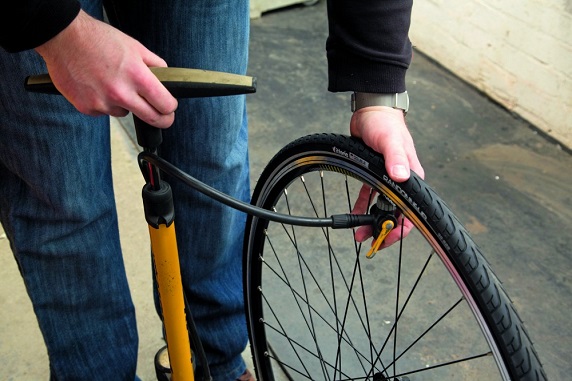
From the information you’ve gathered from the tire’s sidewall, you’ll figure out the recommended tire width as well. But again, it might not be as straightforward on some tires, and just like diameters, tire width can be expressed in either centimetres/millimetres and inches. More often than not, tube and tire sizes and width are expressed in inches. Luckily, you’ll also easily find tube cycles online whose width, size and diameter expressed in the same units, so you won’t have to convert anything from imperial to metric or vice versa. However, worth noting is that unline the tube’s diameter, which is fixed, the tube’s volume can operate effectively over a wider range.
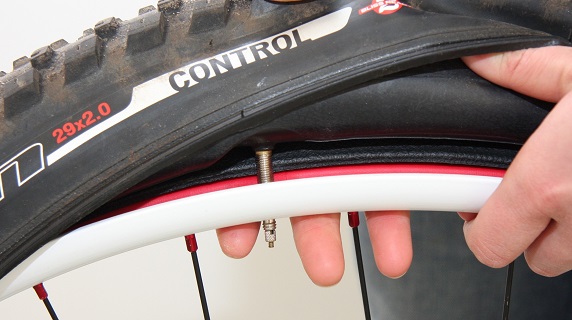
Now that you know what size, width and volume inner tube you need, you need to make sure the valve you’ll use to pump up the tube can fit through the hole in the wall of your wheel rim. The two most popular types of valves found on bike tubes are Presta and Schrader. Presta valves were commonly found on road bikes for the most part, but nowadays, they can also be seen on hybrids and mountain bikes. These valves are thin and feature an external nut that you can unscrew and then press down to let air escape or enter. Schrader valves, on the other hand, are similar to those found on car tires, and they feature a fat outer casing with a little finger inside which you can press to let air in and out.
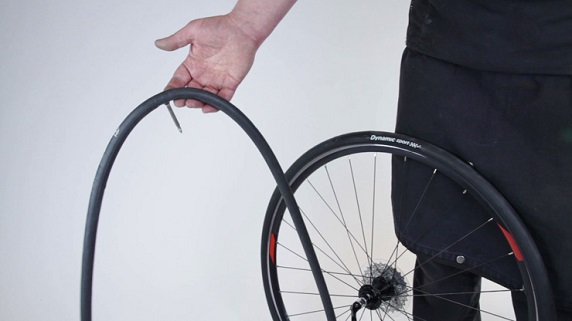
Additionally, you need to consider the valve’s length. Valves can either be the normal (conventional) length or long, so unlike the other specifications, it’s not complicated whatsoever. Plus, valve length is only an issue with road bikes that feature deep-section wheels and need long valves as a result. If you’re in doubt over the valve’s length, go with a long one, just in case. The only downside to going with a long valve when you need a normal one is that it may look kinda weird having an inch or two poking out the rim. But as long as you can pump air into the tubes and ride home, who cares.
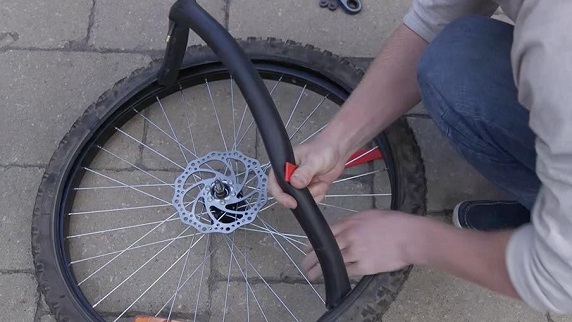
And lastly, you can decide on what “extra” features you want the tube to have. There are many technological features you can pick from, but you can also opt for the most basic tubes which are affordable. Feature-rich tubes are preferred by people who want to get more performance out of their bikes, so they might opt for extra-light tubes or self-sealing tubes which contain a liquid sealant which reacts when the tube gets breached. You can also apply the sealant yourself, as long as your tube has a removable core. Just remove the core, add the sealant and refit the core back again. While this won’t deal with large holes, it will help keep you going. However, you should avoid using sealants on latex tubes, as it can degrade them over time and cause them to fail. This is also problematic with tubular tires, where the tubes are very thin.
As a proud Pisces known for the selflessness, Olivia joined up the blog fascinated by the idea she can help readers with info on topics and their related benefits like health and beauty, travel, food and drinks. When not writing, she likes to call it a day reading comic books in the company of her Tonkinese cat Chatty or binge-watching The Big Bang Theory with her SO like the nerd she is.







